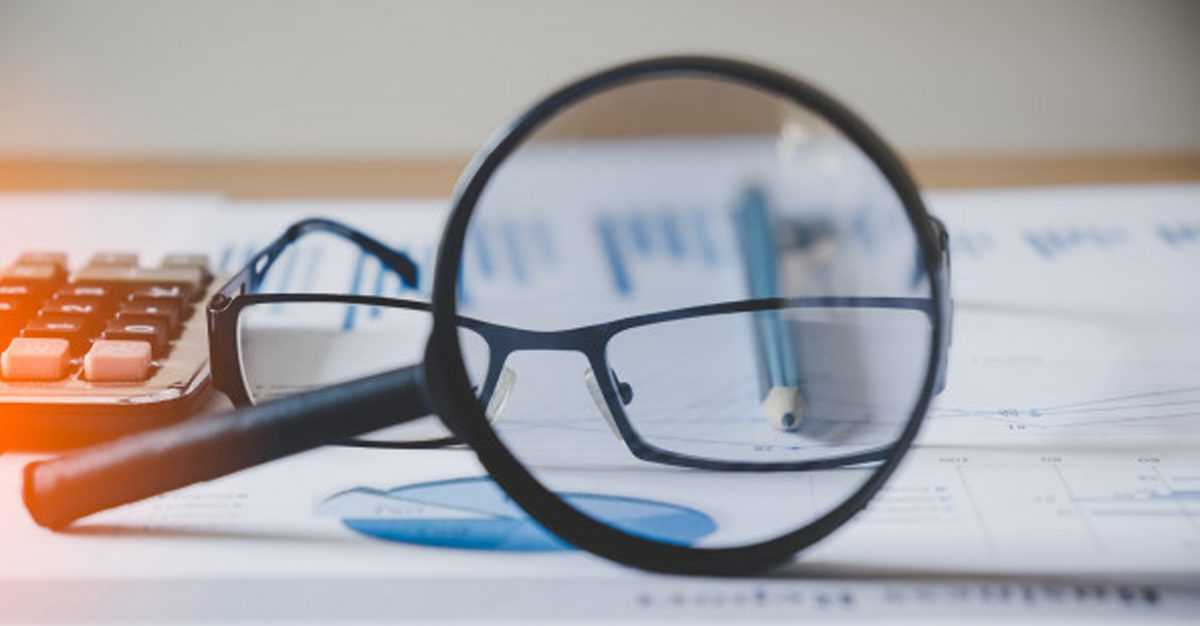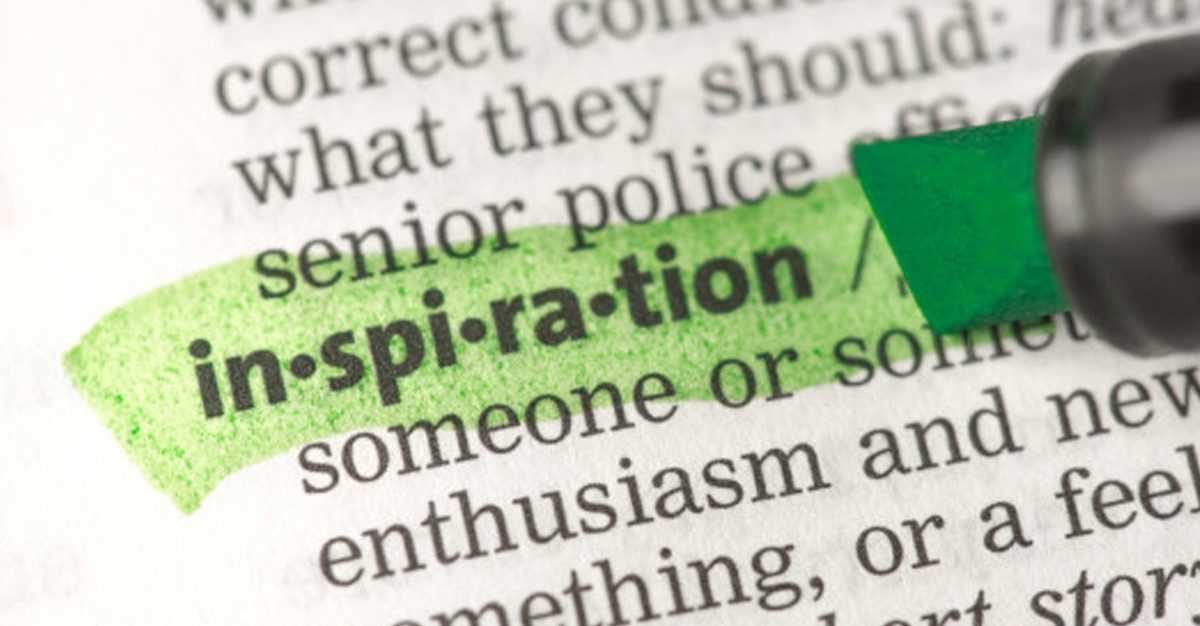Low vision or visual impairment might make life difficult. But there still is hope. You have to learn ways to manage. If there are people in your family suffering from low vision help them to increase their independence. Ease them by tools, techniques, and resources for low vision. Recognize the challenges they face but do not overtake their tasks.
Visual Rehabilitation:
Using the vision you are left with is the purpose of visual rehabilitation. This approach helps you to learn new ways to do things. You use new methods to read, write and do tasks. This also includes the use of certain low vision aids. To avail visual rehabilitation services and aids consult with the best eye specialist in Karachi using marham.pk.
Low Vision Aids:
There are many different types of low vision aids available. It depends on your requirement what you want to do that you are currently unable to do. Ask your ophthalmologist to suggest you one that serves your needs the best. Also, inquire if you need to learn on how to use these aids.


Optical Low Vision Aids:
These employ magnifying lenses to enlarge objects so they are easily visible. You can visit the best eye specialist in to get your hands on these aids.
Some of these are described here.
Magnifying Spectacles:
These are used like eyeglasses. So your hands are free. You can use these for threading a needle, reading a book or other close up chores.
Stand Magnifiers:
These type of magnifiers rest above the object you want to see. Presence of stand with these is helpful for people with tremors and arthritis. You do not have to hold it. Also, it helps to keep the lens at a suitable distance.
Hand Magnifiers:
These are customized according to the need of the user. As the name suggests these are for holding in hand. Some of these come with built-in light as well.
Checkout: Are you Color Blind?


Non-Optical Devices:
Many nonoptical devices have features that are really helpful for people with low vision. These include:
Talking Items:
Talking items like watches, blood pressure monitors and sugar monitors.
Large Prints:
Using books, newspapers, and checkbooks with larger prints can make your life easier.
Tactile labels
These are also very useful when you have low vision.
Some Tips:
Here are some beneficial tips to make everyday operations less of a struggle.
Use Bright Lights:
Make sure your house is well lit. use high watt bulbs and add lamps to areas which are darker.
Reduce Glare:
Adjust lights so as there is less glare. You can use antiglare glasses outside. Wearing a broad-rimmed hat is also a convenient way to reduce glare at home.
Use High Contrast:
Make high contrasts in your dining room and at the work table. This will assist in locating objects easily.
Use Bold Markers:
Use felt tip markers for making grocery lists or whatever you write. It will make reading easier.
Having lo vision does not mean you have to give up your activities. There are a lot of options and ways to sort this out. So explore your options and find which one suits you the best.



